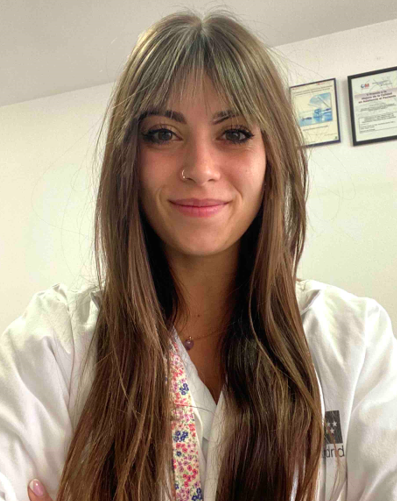En este estudio nos propusimos averiguar cuál es el momento óptimo para realizar la fijación testicular contralateral evaluando nuestros resultados de diez años en pacientes pospuberales con torsión testicular bajo un enfoque centrado en el paciente.
MétodosLos pacientes pospuberales con diagnóstico de torsión testicular en un hospital terciario entre enero de 2012 y septiembre de 2022 se dividieron en dos grupos según los criterios del «enfoque centrado en el paciente» que adoptamos en nuestro centro. En el grupo1 se fijó el testículo contralateral en el mismo acto quirúrgico y en el grupo2 la fijación se realizó de forma diferida. Ambos grupos fueron examinados retrospectivamente, analizados estadísticamente y comparados.
ResultadosUn total de 41 pacientes se incluyeron en el estudio. En 19 (46,3%) de ellos se realizó fijación en el mismo acto, y en 22 (53,7%) se efectuó la fijación testicular contralateral de forma electiva. Se observó dehiscencia precoz de la herida en un paciente de cada grupo (4,5% grupo1 frente al 5,3% grupo2). En el periodo postoperatorio no se detectó atrofia ni torsión testicular contralateral en ningún grupo del estudio durante el seguimiento de 1año.
ConclusiónNo existe ningún algoritmo para determinar el momento óptimo en que debe realizarse la fijación testicular contralateral en pacientes pospuberales con torsión testicular. Mediante enfoques centrados en el paciente, en los que se da prioridad a las características clínicas del paciente para determinar cuándo realizar la fijación testicular contralateral, se pueden obtener resultados que demuestran su eficacia y su seguridad.
In this study, we aimed to describe the timing of contralateral testicular fixation with our ten year results in postpubertal patients with testicular torsion with a patient-based approach.
MethodsPostpubertal patients diagnosed with testicular torsion in a tertiary hospital between January-2012 and September-2022 were divided into two groups according to the «patient-based approach» criteria we adopted in our clinic. Group1 in whom the contralateral teste was fixed in the same surgical act and group2 in whom the fixation was deferred. Both groups, were retrospectively examined, statistically analyzed and compared.
ResultsA total of 41 patients were included in the study. Among those, 19 (46.3%) were fixed in the same act, and 22 (53.7%) underwent postponed elective contralateral testicular fixation. Early term wound dehiscence was observed in one patient in each group (4.5% group1 vs. 5.3% group2). In the postoperative period, no contralateral testicular atrophy or torsion was detected in the study groups during 1-year follow-up.
ConclusionThere is no algorithm for when contralateral testicular fixation should be performed in postpubertal patients with testicular torsion. Patient-based approaches, in which the clinical characteristics of the patient are prioritized in determining the timing of contralateral testicular fixation, can produce more effective and safe results.
Artículo
Comprando el artículo el PDF del mismo podrá ser descargado
Precio 19,34 €
Comprar ahora












